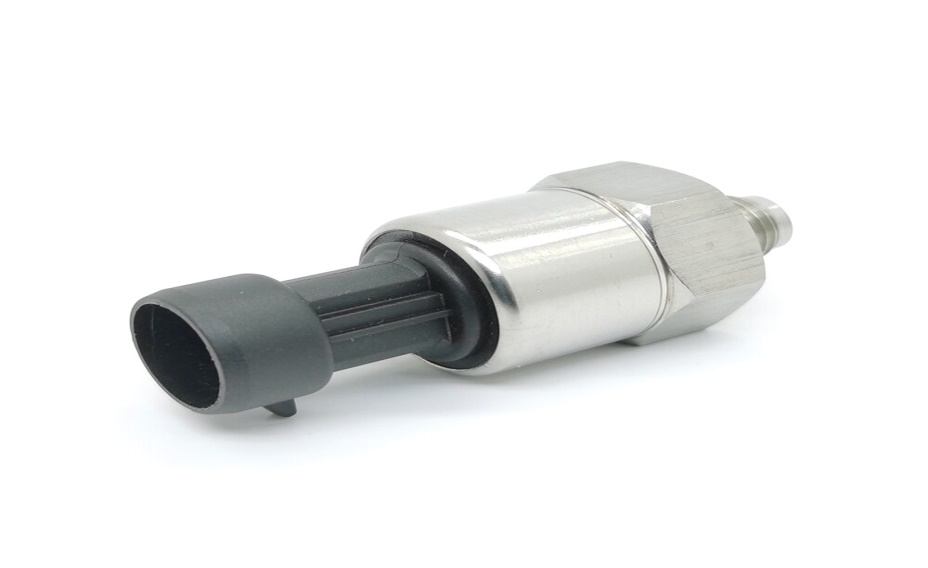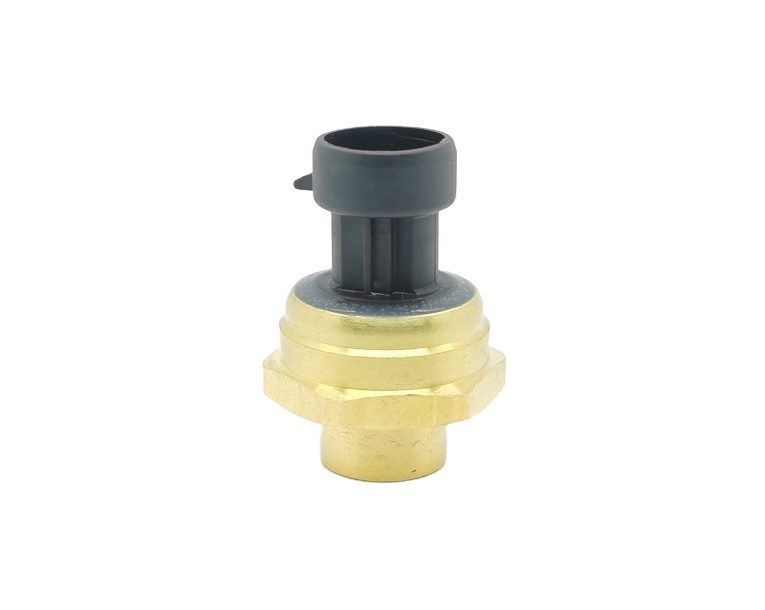6 Basic Questions about heat pump pressure transmitters
An Introduction to Major Applications of Pressure Transmitters
A pressure transmitter is a device to sense and detect the pressure value and its conversion to the electrical signal. The heat pump pressure transmitter has two important parts that are pressure sensor with the signal enhancer. The pressure sensor has further two parts. These are the main body of the sensor and a diaphragm.
However, the function of the pressure sensor is to detect the pressure. It cannot convert and convey this pressure value. For this purpose, there is a signal converter in the pressure transmitter. This can amplify the mechanical pressure value and thus convert it to an electrical signal. The third part of the pressure transmitter is a display that can show the output value in digital form.
This article will help you understand the working principles and performance of heat pump pressure transmitters. It will also narrate to you the different types of transmitters and their difference from the pressure transducers. Let us take some parameters of the pressure transmitters for the sake of understanding.
What is the purpose of a pressure transmitter?

The fundamental purpose of the pressure transmitter is the detection and measurement of pressure. These pressure transmitters have common applications in gas, liquid, or other fluids. They usually measure the mechanical pressure and then convert it to electrical value. The basic difference between the pressure transmitters and transducers is the difference in size.
The heat pump pressure transmitters have the important pressure detecting part that is a pressure sensor. The main body and diaphragm of the pressure sensor are two important parts of the pressure sensor. The function of amplification and conversion of the mechanical signal to the electrical signal is done by the signal converter. Then comes the display that shows up this output digitally.
What is the difference between a pressure switch and a pressure transmitter?
The pressure transmitters and pressure sensors have many common as well as distinguishing features. Many features show their similarity and others show the difference between these two. However, the pressure transmitters share most of their characteristics with the pressure transducers. The significant differences between the transmitters and switches are following.
What are pressure transmitters?
Pressure transmitters are the electrical components that are proficient at detecting the pressure and converting it to an electrical signal. There are two main parts of the pressure transmitters. These are the pressure sensor and the signal converter. The function of the pressure sensor is to detect the pressure and the electrical converter is to convert the mechanical signal to the electrical signal.
The pressure sensors need the signal converters for the conversion and transfer of these electrical signals. That is why the heat pump pressure transmitters have a preference over the pressure sensors. The pressure transmitters can convey the signals to distant places.
What are Pressure Switches?
The pressure switches have many distinguishing features. They are pressure detecting electrical devices. However, they cannot measure and convert these signals to electrical signals. They can only detect and implement the logic operation of the circuits. They work on the specific value of the pressure and cease the circuit above or below this value.
The pressure switches are used to control the automatic on-off systems. They can command to off the circuit if the preset value deviates or changes. However, they cannot measure and convert these values to the electrical signal.
What is the difference between transmitter and transducer?
The transmitters and transducers are the electrical components that have a special use for the conversion of one type of signal to the other form. They convert the signal and produce an output value in the other form. The other device can pick this output and use it for the variation of the pressure.
However, the transmitters and transducers have similarities in function. The difference between them is the size. The transducers are of a small size as compared to the transmitters. The other difference between these two is the type of output. The output of the transmitters is in the form of mA. While the output of transducers is in the form of mV.

What is a pressure transmitter how it works?
A transmitter is an electrical device that produces output in the form of current. These heat pump pressure transmitters have two or three wires. The function of these wires is the transmission of the output signal as well as receiving the power. The output value of the 2-wire transmitter is generally 4 to 20 mA. While the output of a 3-wire transmitter is generally zero to 20 mA.
We can represent the transmitters in the short form as TX. The fundamental purpose of the transmitters is the transmission of the signals over large distances. The electronic signals may be in the form of video or audio signals. The function of the transmitter is to add a carrier signal to this signal. This process of combining signals is called modulation.
What are Transducers?
The transducers are the electronic devices that convert one form of signal to the other form. They can convert the mechanical signal to the electrical signal. The output of the transducers is in the form of millivolts. The transducers have important industrial applications for the measurement of four important variables. These are temperature, pressure, flow, and level measurement.
The transducers have common examples in the form of microphones, loudspeakers, and different antennas. The pressure sensors and thermometers are also exampling of the transducers. However, the strain gauges can represent the transducers well. The common use of the stain gauges is the measurement of torque and stain.
Moreover, force measurement and the tools of a machine and in the pressure, sensors are also the best applications of transducers. It is the need of this technological and advanced age to transmit these signals over long distances. The transducers can produce output in the millivolts and there is a need for control rooms for their transmission.
What are common challenges for transducers?
The use of transducers has many challenges on the whole as compared to heat pump pressure transmitters. The efficiency of the transducers is not 100 percent. This reduction in efficiency occurs due to power losses. The power losses generally occur due to heat losses. The antenna has an efficiency of 100 watts cannot supply 100 watts. It supplies around 90 watts as the electromagnetic field.
While the other watts of this antenna dissipate because of the heat losses. The best example of the loss of efficiency is the incandescent lamp. The lamp that has the efficiency of 100 watts, supplies only a few watts. While others dissipate in the form of heat.
What is a transducer with an embedded transmitter?
In this technological and industrial automation age, there are several distinguishing properties of the transmitters and transducers. However, the manufacturers are looking at the combined use of the transducers and transmitters. Therefore, they have successfully produced a package with both uses. This package is the transducer with the embedded transmitter.
Conclusion
The size of heat pump pressure transmitters signal package is very small. The manufacturers have mounted many of the electrical parts on the signal circuit board within these packages. Some of the transducers have integrated circuits that have the size of about a sim card. Moreover, there are different working principles for the working of transmitters and transducers.
















